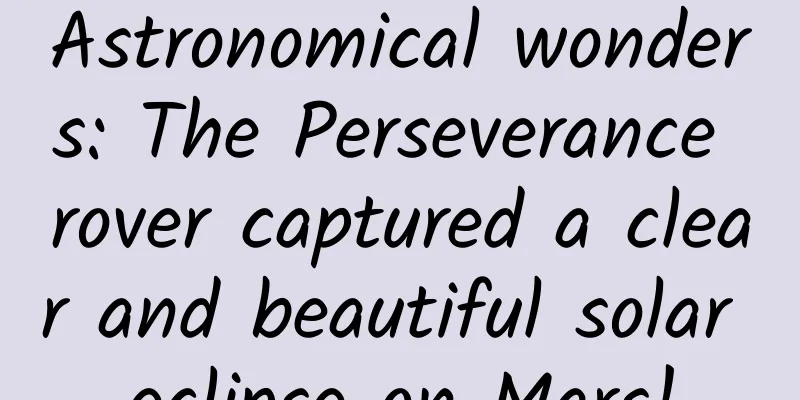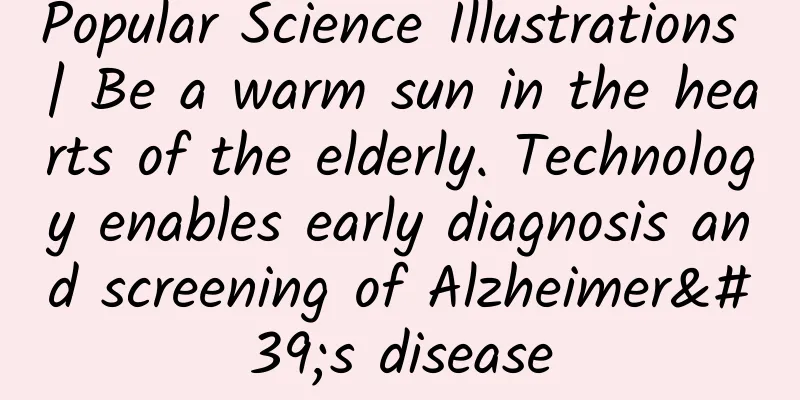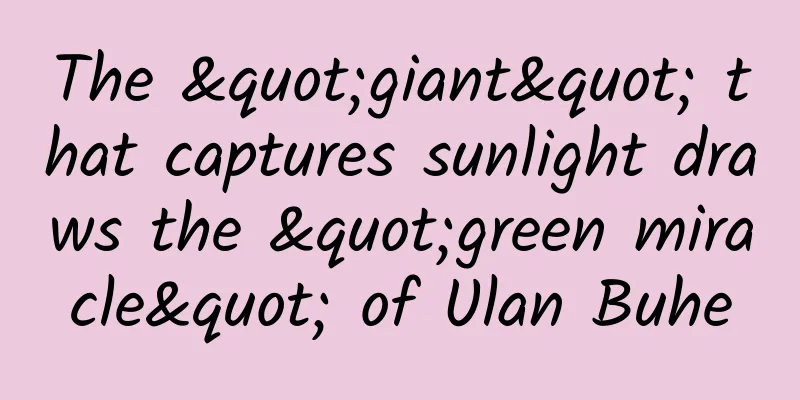Astronomical wonders: The Perseverance rover captured a clear and beautiful solar eclipse on Mars!

|
A solar eclipse on Earth is caused by the Earth's only natural satellite, the Moon, being sandwiched between the Sun and the line of sight of humans on Earth, blocking part or all of the Sun, making it look like a shadow is cast on the surface of the Sun; a solar eclipse on Mars is of course caused by the Martian satellite blocking the Sun and the line of sight of Mars, casting a shadow on the surface of the Sun. Mars has two natural satellites, Phobos and Deimos. Phobos is called Phobos in English. It is about 9,378 kilometers away from the core of Mars on average. Excluding the radius of Mars, it is only about 6,000 kilometers away from the surface of Mars. Phobos is about 13.5*10.8*9.4 (km) in size and has a mass of about 1.38*10^14 kg. Phobos' English name is Deimos. It is about 23,459 kilometers away from the core of Mars on average. It is about 15*12*11 (kilometers) in size and has a mass of about 1.8*10^15 kilograms. It is the smallest satellite in the solar system. Because of their small mass, these two satellites cannot achieve the hydrostatic equilibrium, that is, the spherical state, by their own gravity to overcome their own solid rigid body force, and therefore appear to be in an irregular potato shape. These two satellites revolve around Mars. Phobos has an orbital period of 7 hours and 59 minutes, while Mars has a rotation period of 24 hours, 37 minutes and 22.7 seconds, which is similar to the Earth. So Phobos revolves around Mars about three times a day; Deimos has an orbital period of 30 hours and 18 minutes, which means it revolves around Mars once in a little over a day. Although there are no traces of humans on Mars, there are also "sights", which are the various probes sent to Mars by humans, including 6 Mars rovers. Among these 6 Mars rovers, 5 were sent by NASA, and one was sent by China, called "Zhurong". The photo of the Martian solar eclipse was taken by the Perseverance rover sent by NASA. The rover was launched from Cape Canaveral Air Force Station in Florida, U.S., on July 30, 2020, and arrived on Mars on February 19, 2021. It landed in the Jezero Crater on Mars through a stunning "air crane" method. This clear image of the solar eclipse on Mars was taken and transmitted back by Perseverance's new generation Mastcam-Z camera on April 2, US time, when Phobos was sandwiched between Perseverance's "line of sight" and the sun. The image lasted for more than 40 seconds in total. This day is the 397th Martian day after Perseverance landed on Mars. Prior to this, Perseverance also sent back many wonderful photos of the Martian terrain. |
>>: The tooth fairy never forgets the pain in your heart
Recommend
The Science of New Year’s Goods | Fuqiang flour, wheat core flour, snowflake flour... Which type of pasta is suitable for making?
|| || Compiled by New Media Editor Li Yunfeng Nor...
Satellite cloud images help you understand the weather: What does a "front" look like? What is an "upward cloud top"?
Front Does the term “front” look very professiona...
Coffee and tea are the standard life-saving supplies for workers. Why do they sometimes work and sometimes don’t?
As workers who spend more time at work than at ho...
Medicinal value of Herba Lysimachiae
When you hear the word Toad Grass, everyone will ...
The efficacy and function of the plant
Do you know about the Maiboshu? It is a common me...
The efficacy and function of bamboo begonia
As people's living standards improve, they pa...
Does saffron treat dysmenorrhea?
As we all know, saffron is a very precious and ra...
The efficacy and function of fern root
Since Chinese medicine has fewer side effects, mo...
The ten most powerful mythical beasts in "Classic of Mountains and Seas": Kunpeng, which devours everything, can only be at the bottom, and the auspicious beast Bai Ze cannot be in the top three?
As a famous ancient book of strange stories in my...
40th Anniversary of Antarctic Expedition | Traveling through 40 years, looking at the meteorological expedition team members in the Antarctic "treasure hunt game"
This year marks the 40th anniversary of my countr...
How to eat plantain for the best health
Plantain has a relatively high medicinal value, b...
What are the combinations of Polygonum multiflorum?
If we want to make our body healthier, we cannot ...
Digging and digging in the soil...the tiny earthworms contribute so much to global agricultural production!
Science Times reporter Wu Tong A paper published ...
Why did dinosaurs escape the end-Triassic mass extinction? The answer is found
◎ Science and Technology Daily reporter Zhang Ye ...
What is the best combination with Lingzhi?
Ganoderma lucidum is a precious Chinese medicine ...









